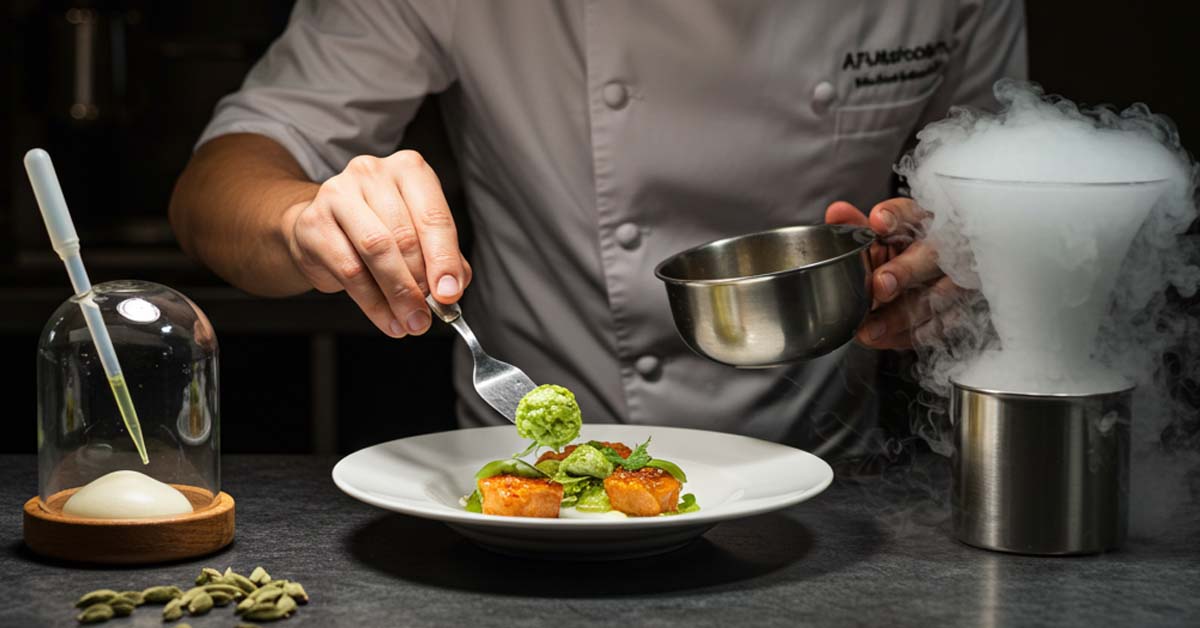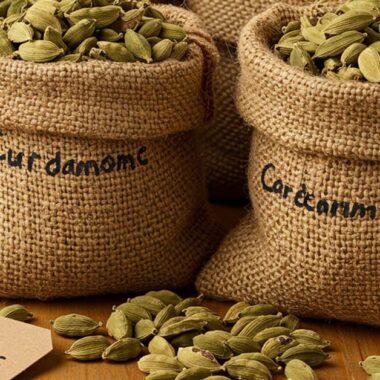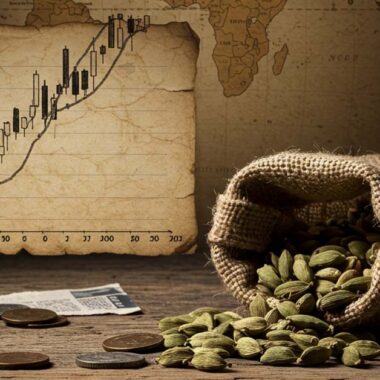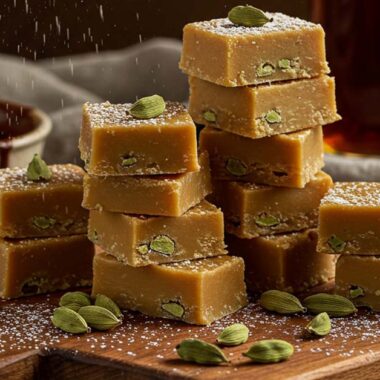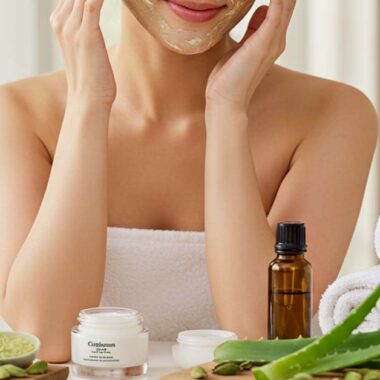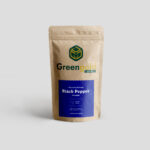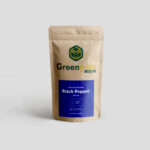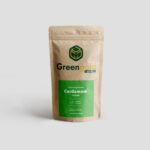Experimental gastronomy pushes the boundaries of traditional cooking, using science, innovation, and creativity to craft unique dining experiences. Among the many ingredients embraced by modern chefs, cardamom stands out for its complex aroma, versatility, and ability to transform dishes in unexpected ways.
Let’s explore how experimental chefs are using cardamom to elevate flavors, textures, and even sensory perceptions in food! 🍽️🔬
🌟 Why Cardamom?
Cardamom isn’t just a spice—it’s an experience. Its flavor profile includes:
🔥 Spicy warmth – Similar to cinnamon but more aromatic.
🍊 Citrusy freshness – A light, zesty note.
🌿 Herbal depth – A unique earthiness that lingers.
💨 Camphor-like coolness – A slight menthol effect that tingles the palate.
These characteristics make cardamom a perfect candidate for avant-garde culinary experiments.
🍽️ Innovative Uses of Cardamom in Experimental Gastronomy
1️⃣ Molecular Gastronomy & Cardamom Airs
🔬 Technique: Spherification, foams, and airs
💨 Example: A light cardamom-infused foam served over a deconstructed chai dessert.
Modernist chefs use emulsifiers and nitrous oxide to create delicate cardamom “air” that dissolves instantly on the tongue, delivering an intense aroma burst without the weight of a spice-heavy dish.
2️⃣ Cardamom in Sous Vide Cooking
🔬 Technique: Precision temperature cooking
🥩 Example: Cardamom-infused duck breast, cooked sous vide at low temperatures to enhance spice penetration.
By sealing cardamom pods and proteins together in a vacuum bag, chefs allow the slow infusion of spice into meats and sauces, creating deep yet delicately balanced flavors.
3️⃣ Flavor Pairing with Unusual Ingredients
🔬 Technique: Scientific flavor matching
🧀 Example: Cardamom-infused blue cheese mousse
Molecular gastronomy uses flavor compound analysis to discover new pairings. Surprisingly, cardamom complements umami-rich cheeses, aged meats, and even seafood like scallops!
Other unexpected cardamom pairings include:
🍄 Mushrooms – Earthy and aromatic balance
🍷 Red wine reductions – Enhances fruity undertones
🍫 Dark chocolate & truffle oil – Creates a luxurious sensory experience
4️⃣ Cardamom Smoke Infusion
🔬 Technique: Cold smoking & vapor infusion
🥃 Example: A cardamom-smoked old-fashioned cocktail
Chefs and mixologists use smoke guns to infuse cocktails and plated dishes with a subtle, lingering aroma of burnt cardamom pods, adding an unexpected depth of flavor.
5️⃣ Cardamom-Based Edible Perfumes & Aromas
🔬 Technique: Aromatic plating
🍽️ Example: A dessert misted with cardamom essence before serving.
Fine dining restaurants experiment with spritzing plates with cardamom hydrosols or using edible perfumes to create a multisensory experience. The goal? To engage not just taste but also smell and memory in the dining experience.
🚀 The Future of Cardamom in Experimental Cooking
Cardamom is becoming a star ingredient in futuristic gastronomy, appearing in:
✅ 3D-printed foods – Spice-infused edible designs
✅ Cryogenic desserts – Flash-frozen cardamom-infused ice creams
✅ Multi-textural dishes – Pairing crispy, airy, and gel-like cardamom elements in a single bite
As culinary science evolves, we can expect cardamom to continue shaping the future of high-end, innovative cuisine.
